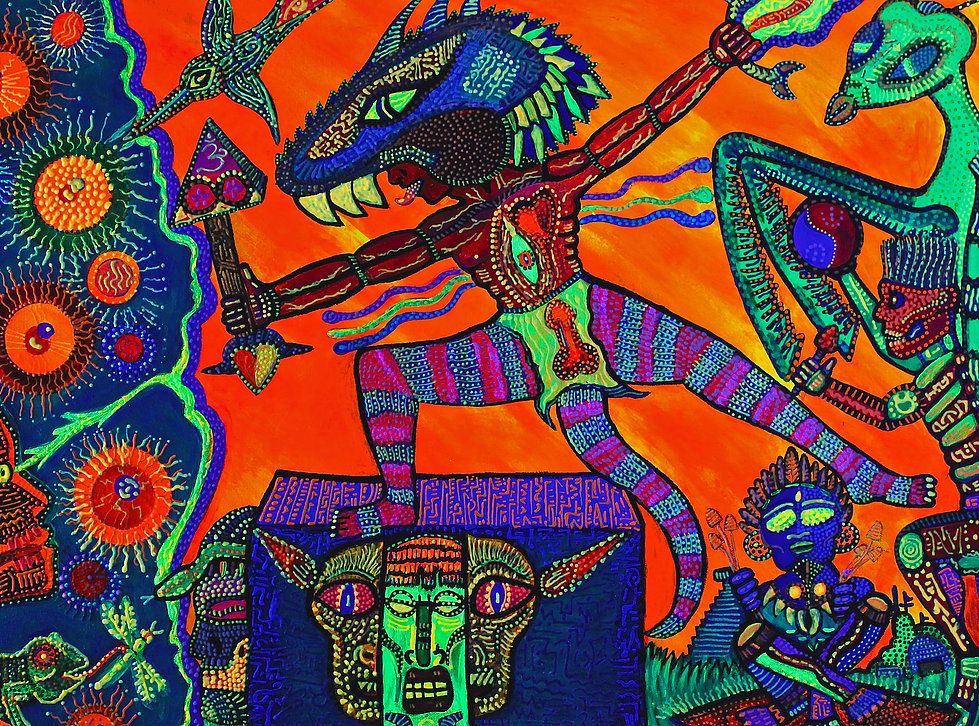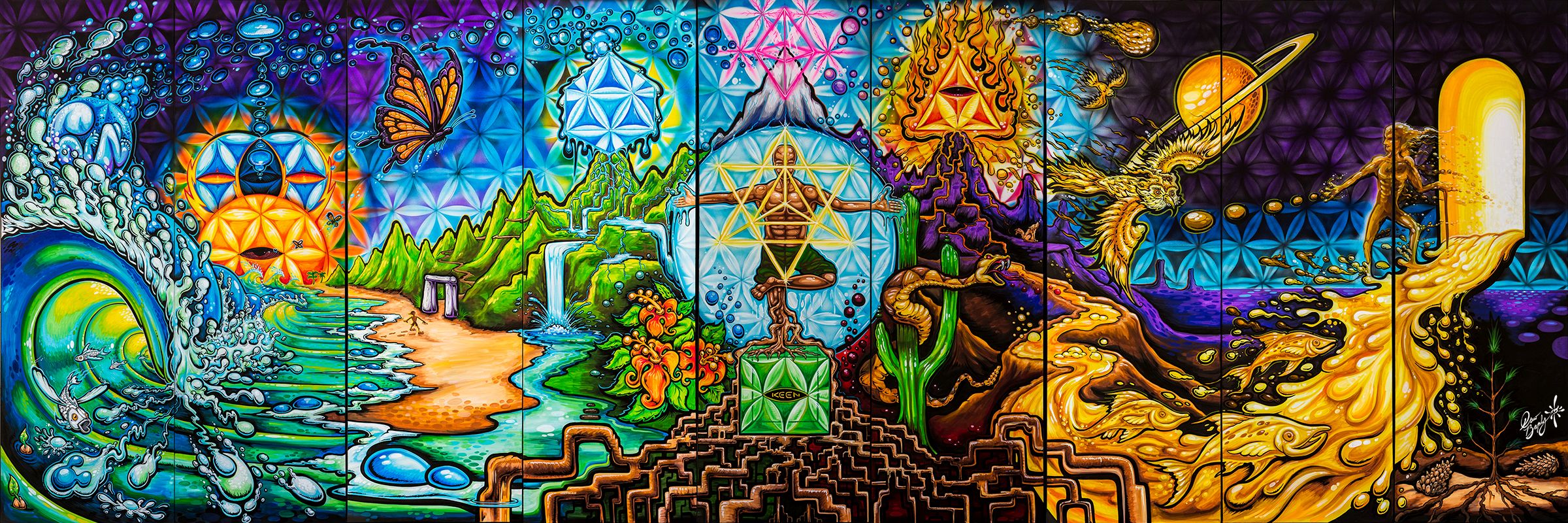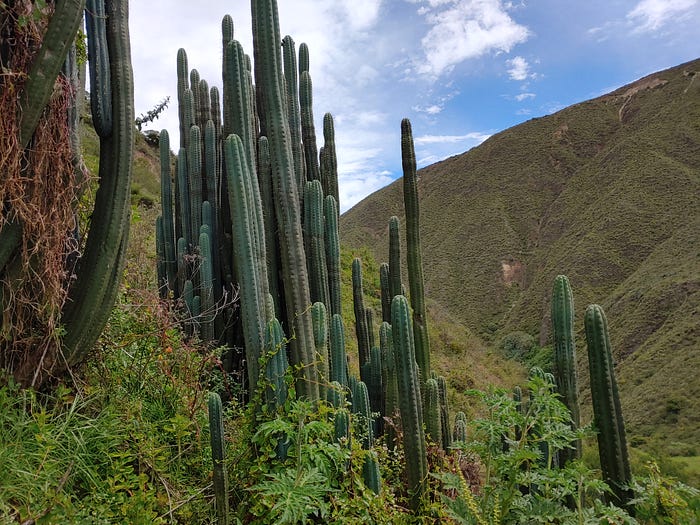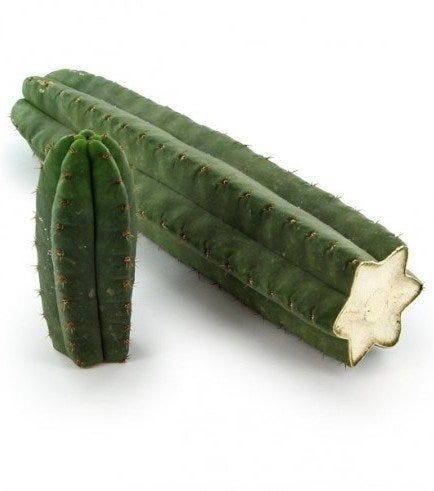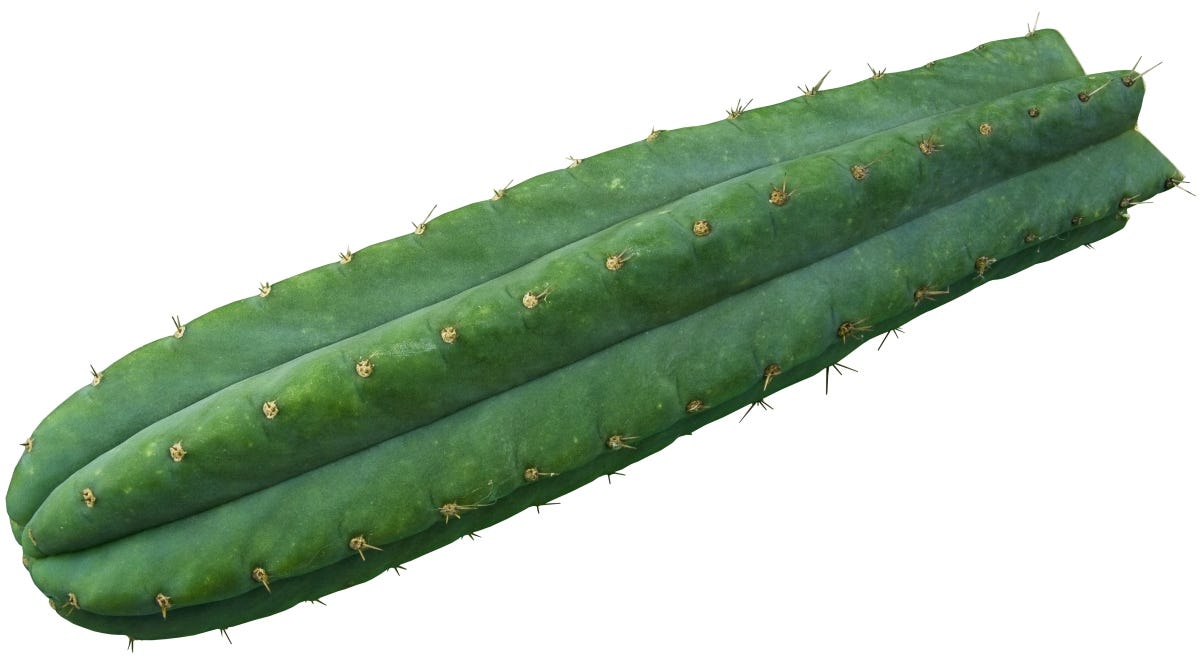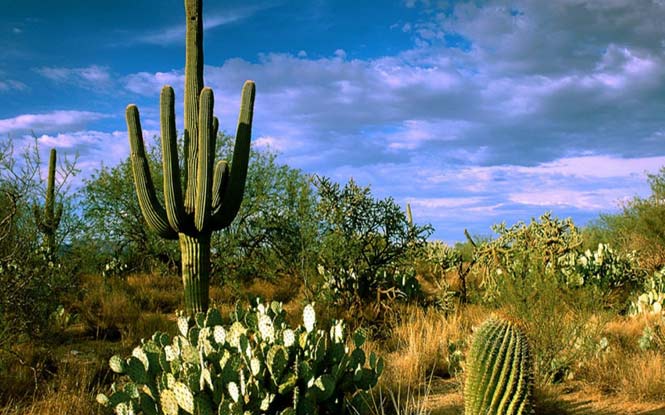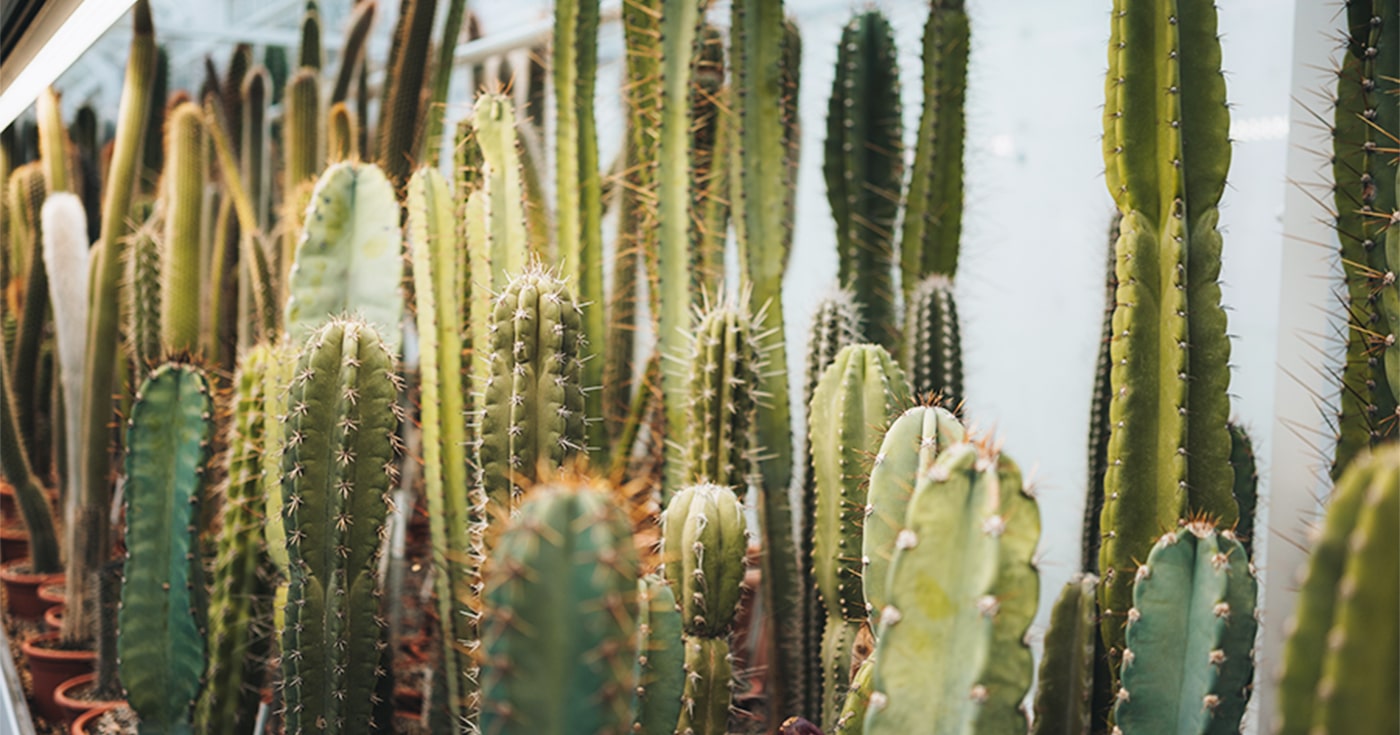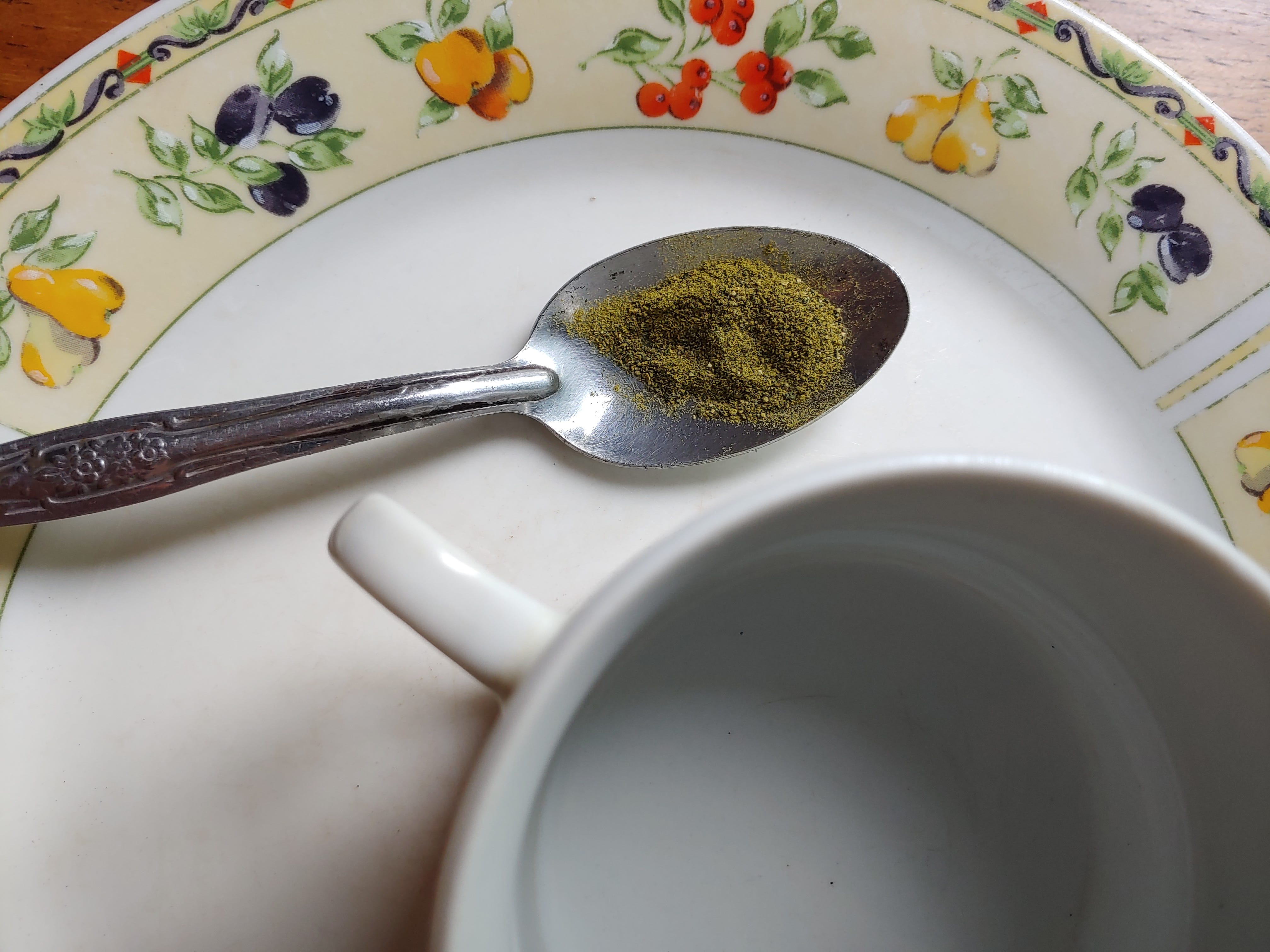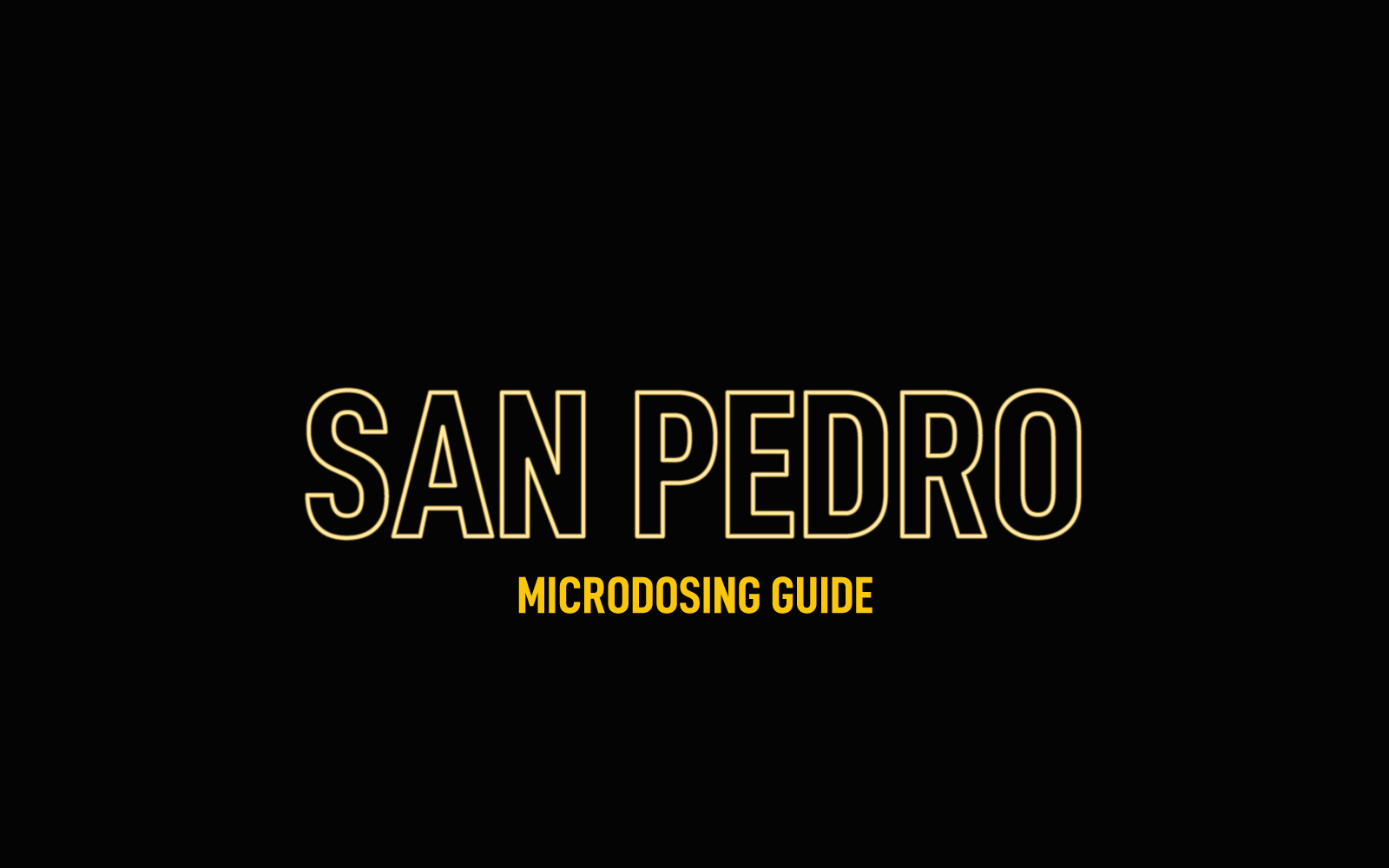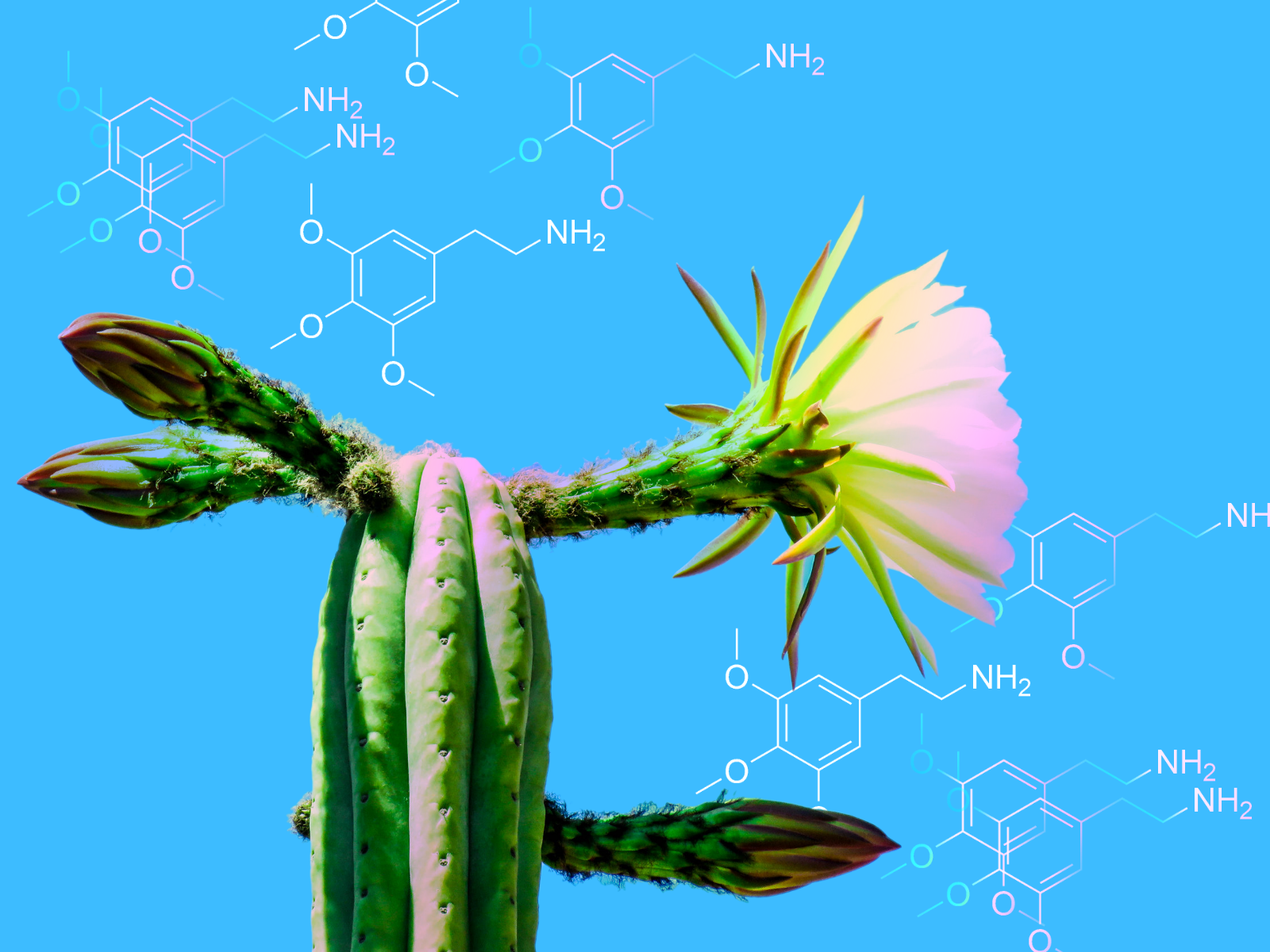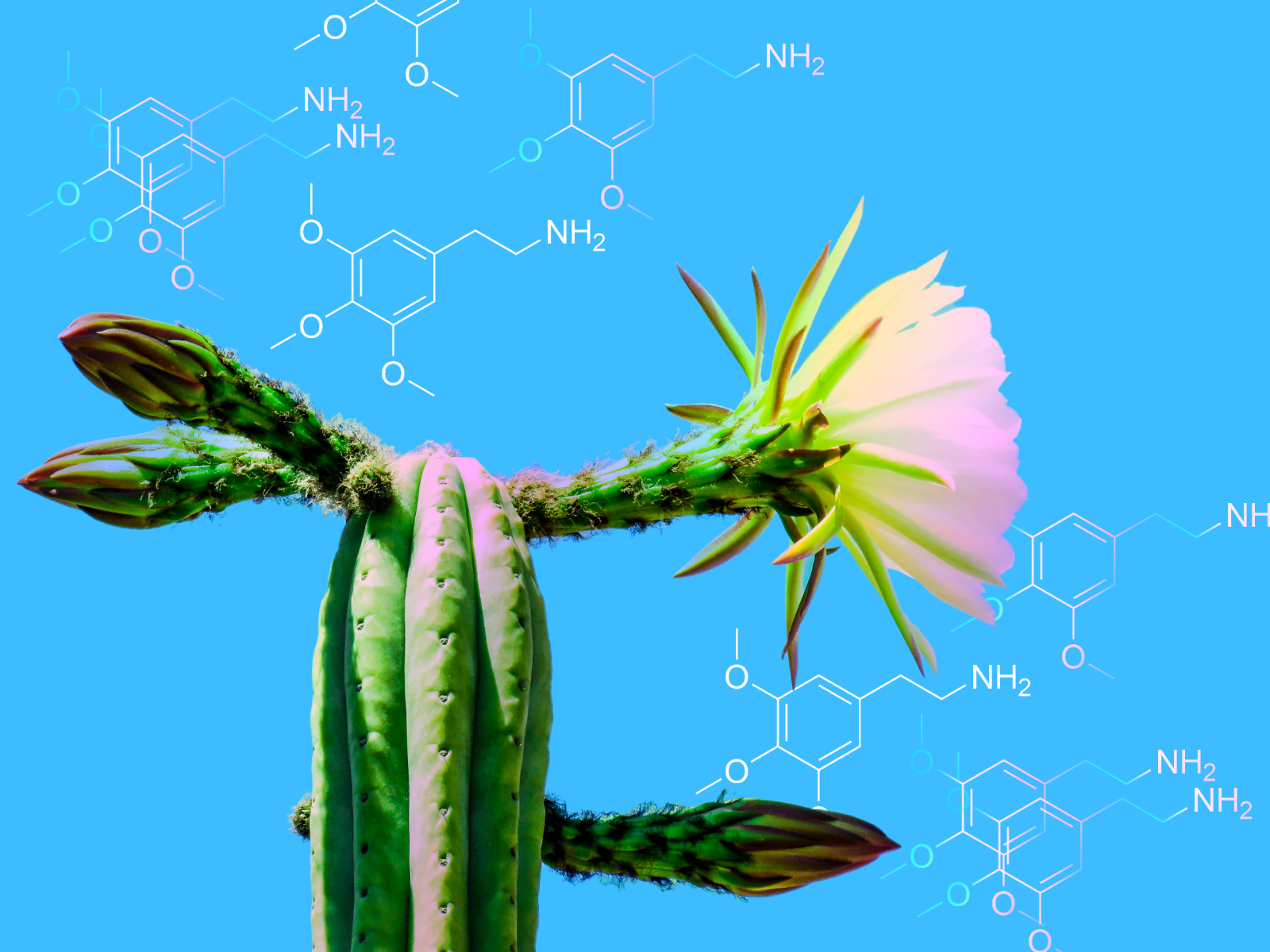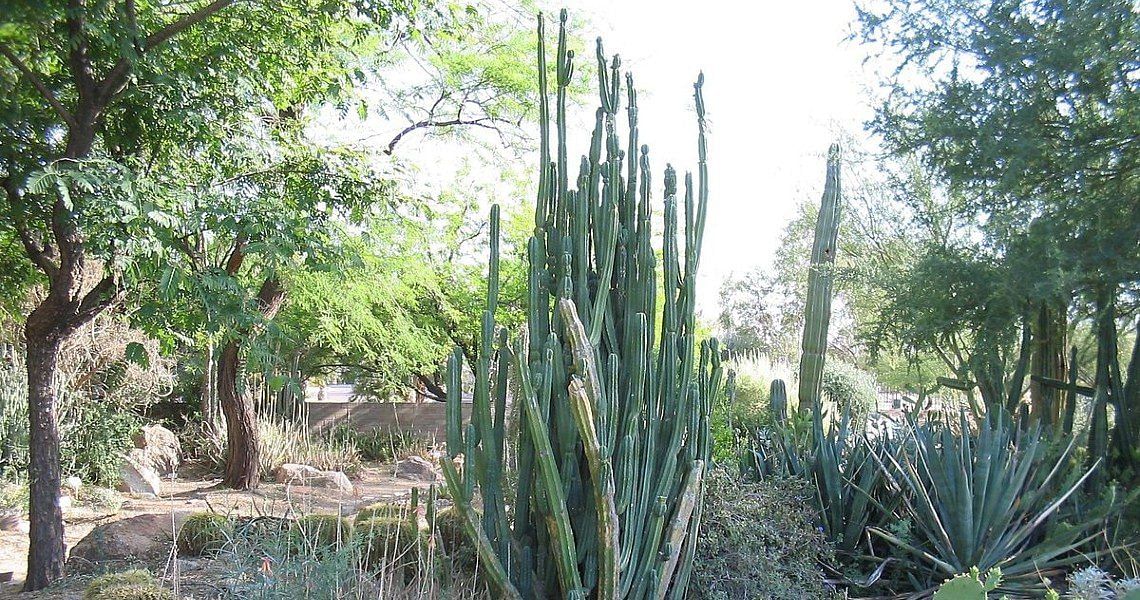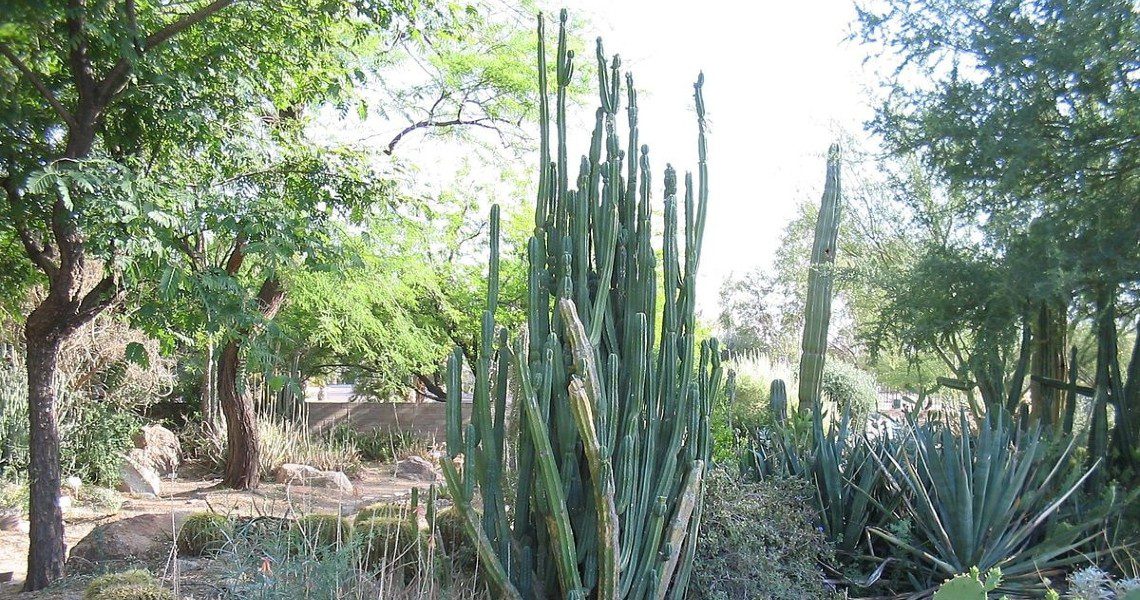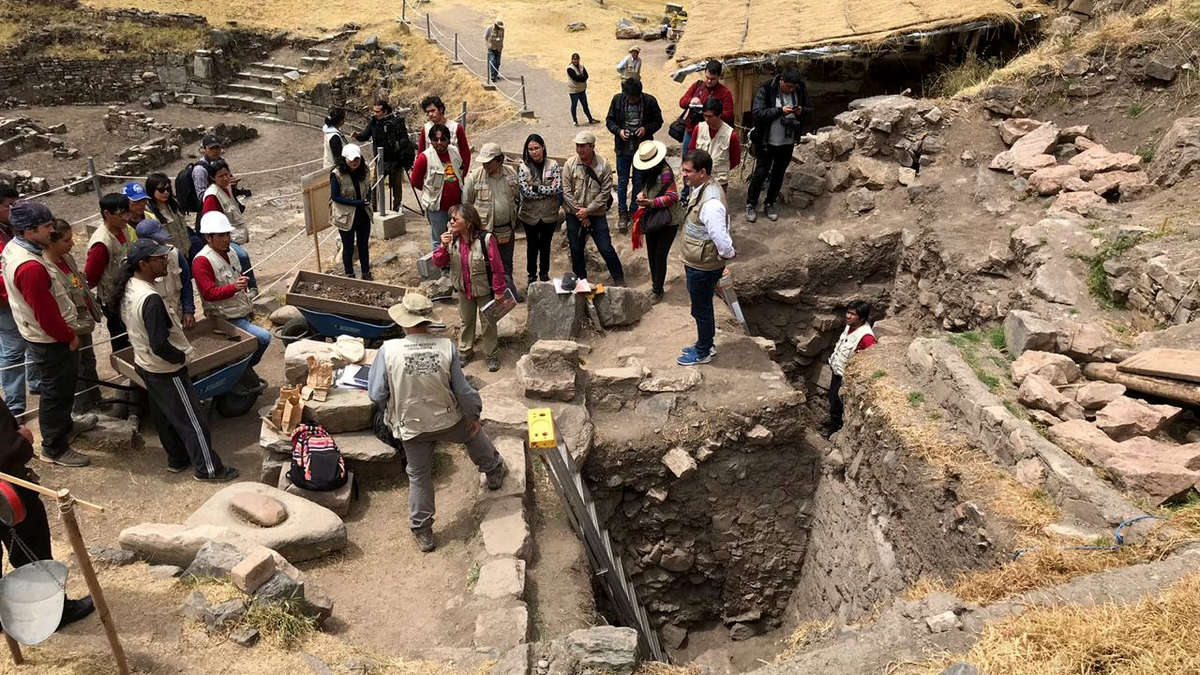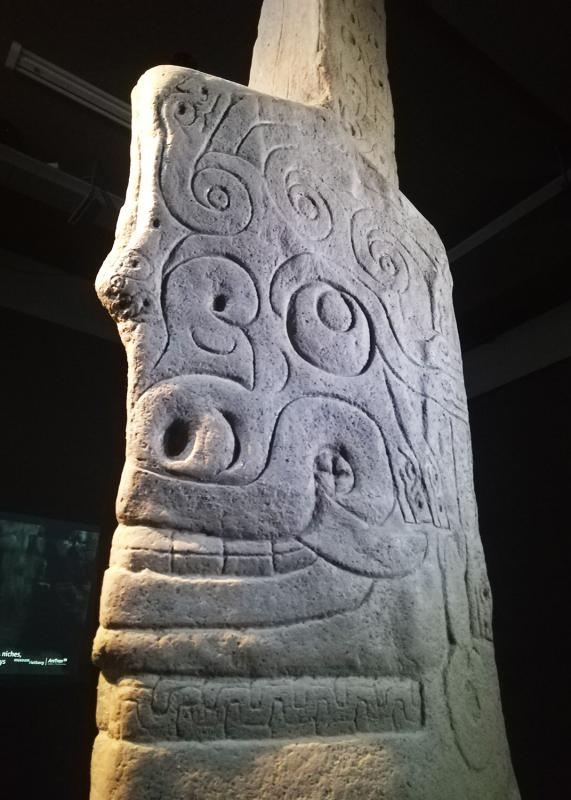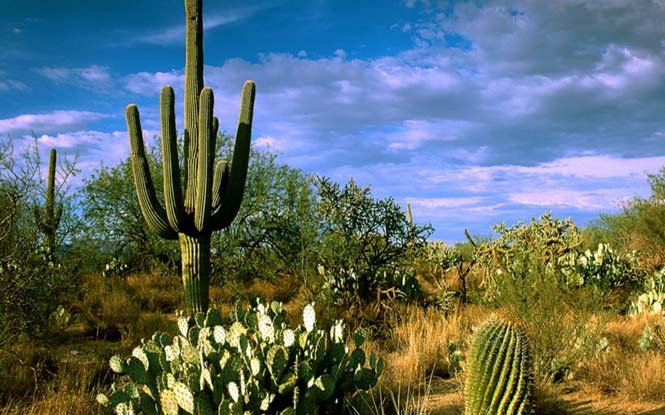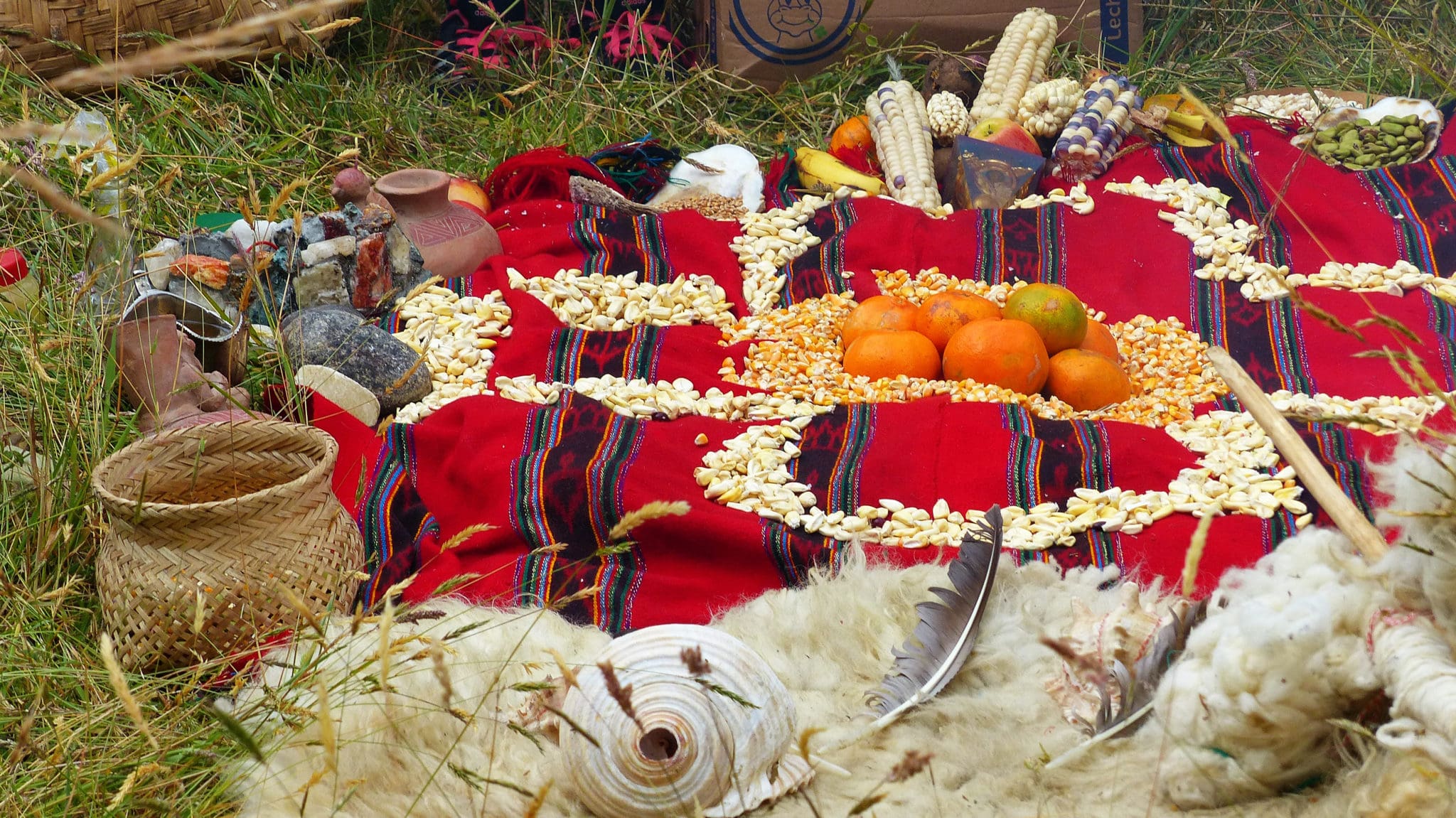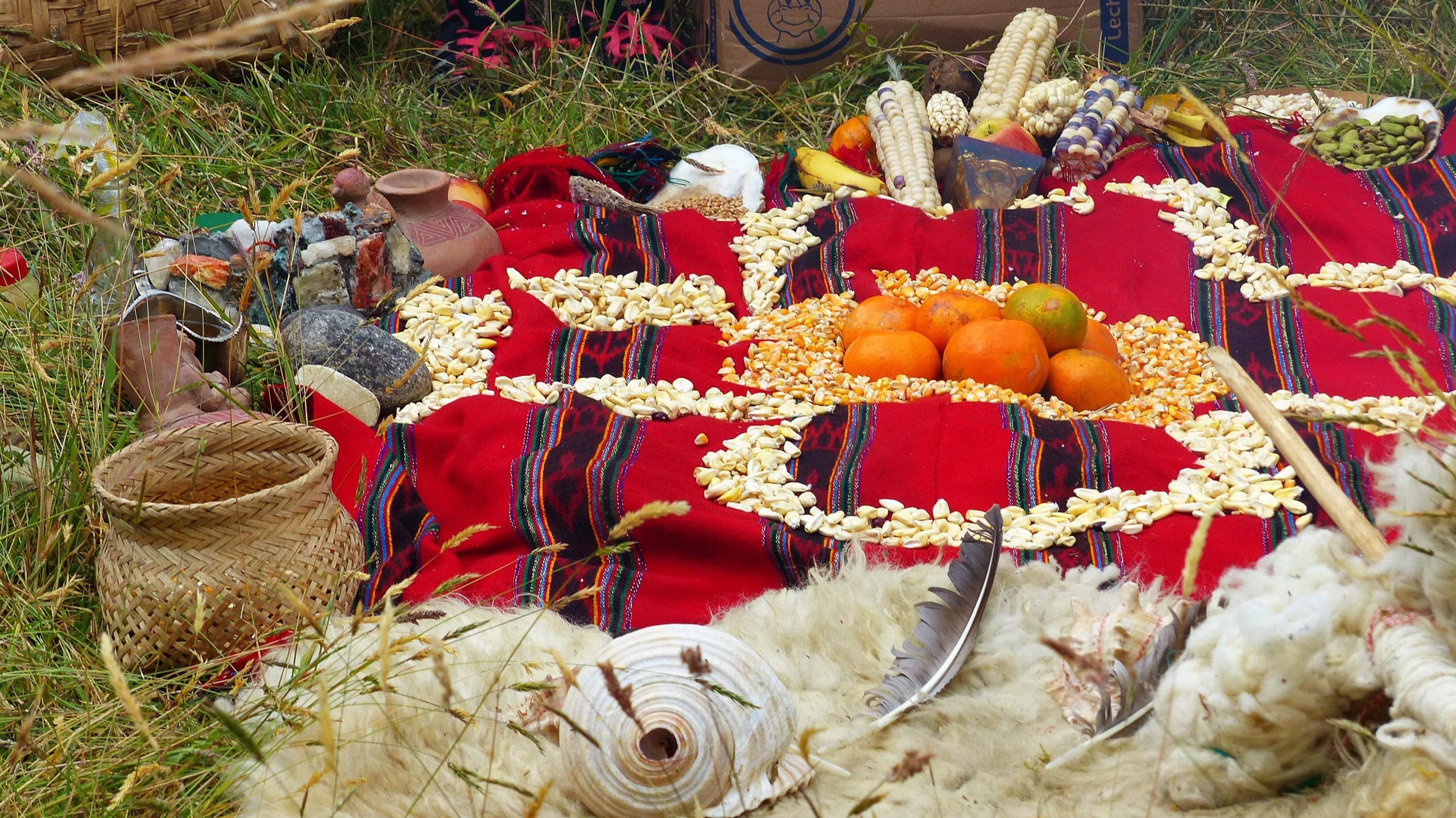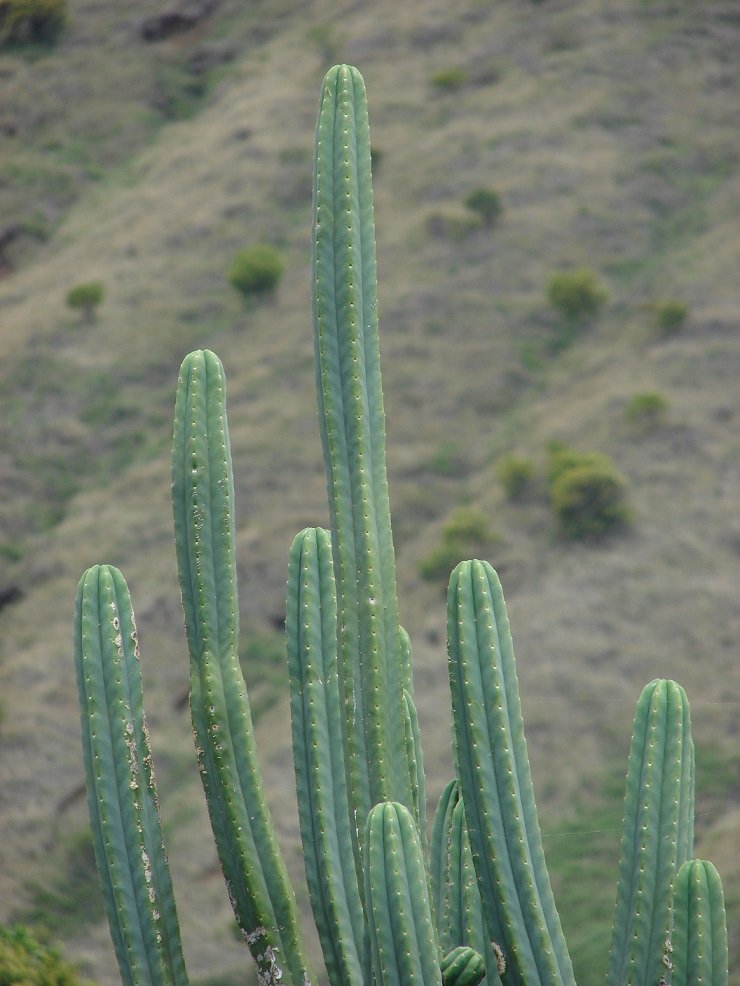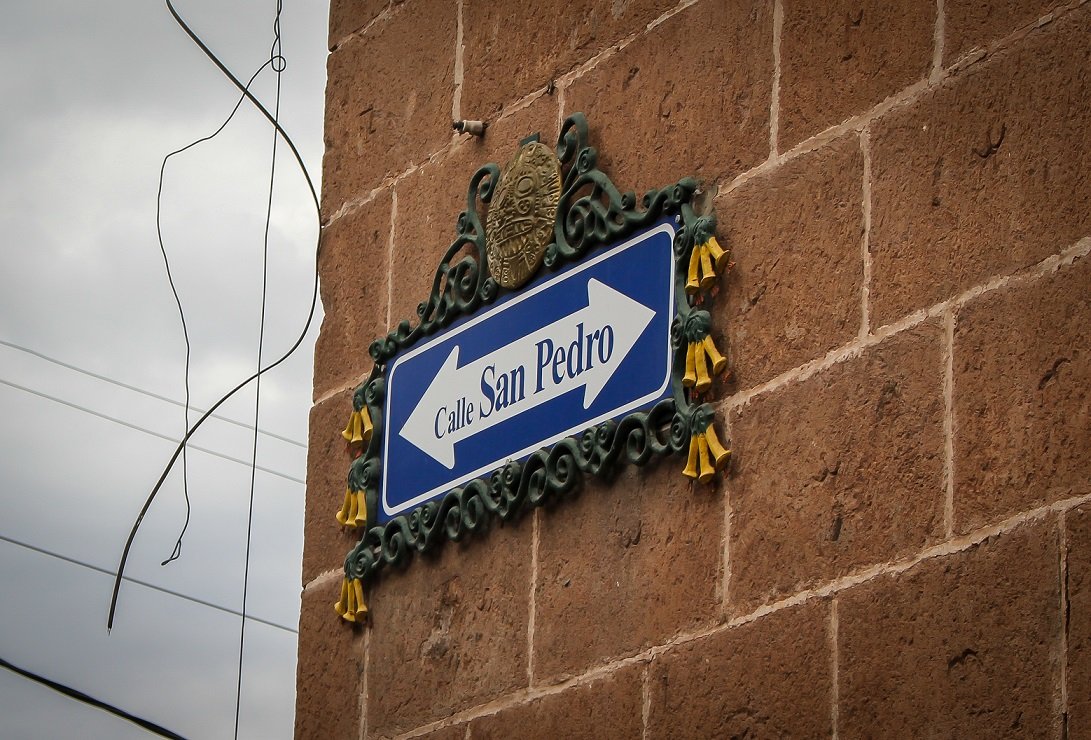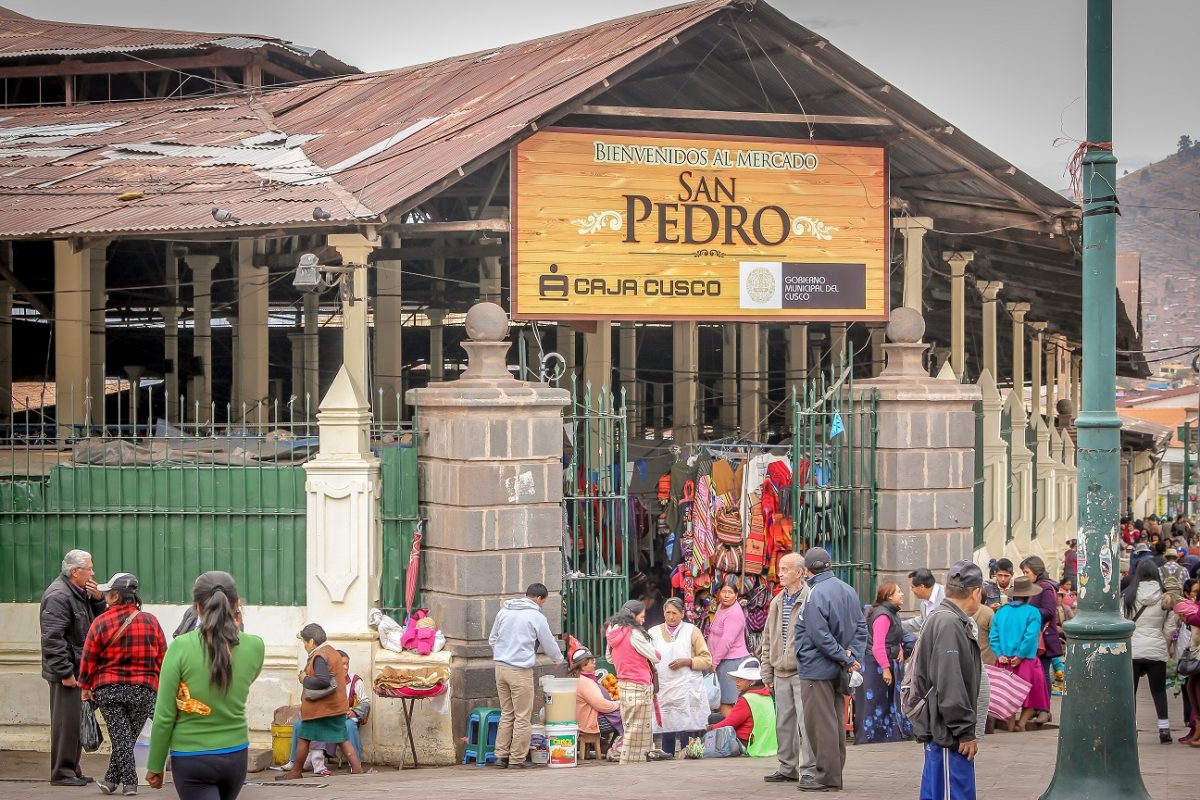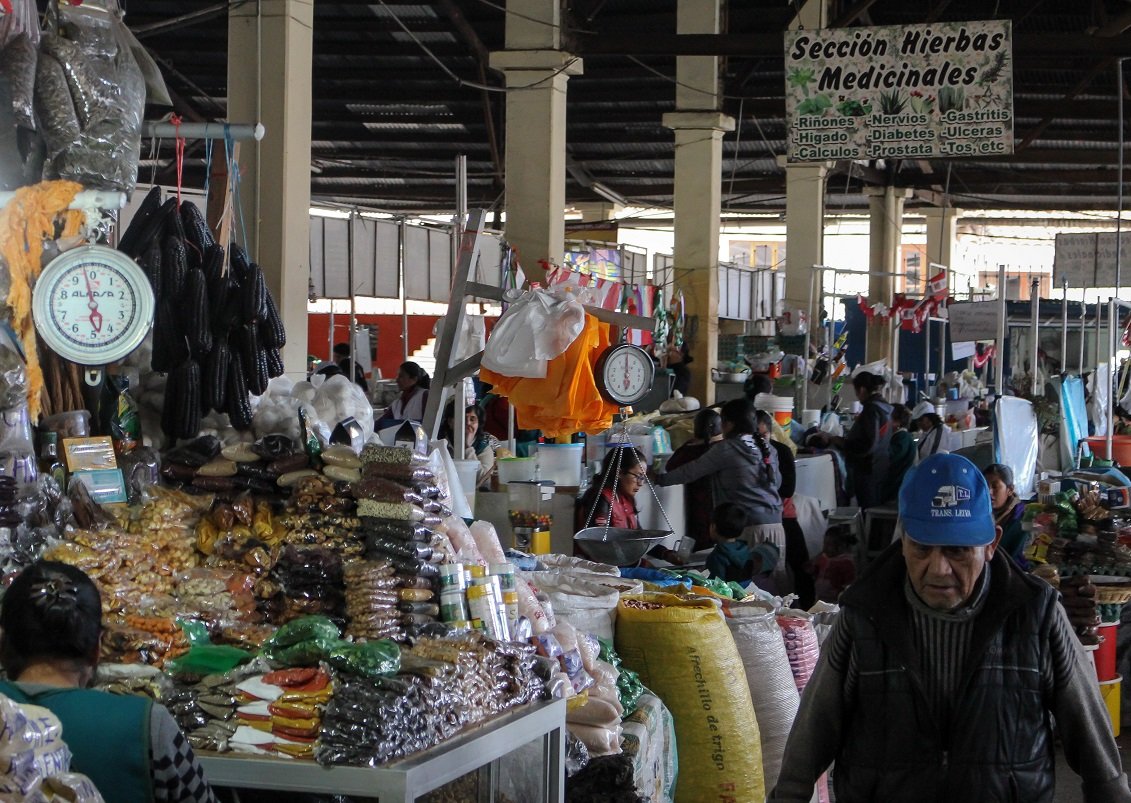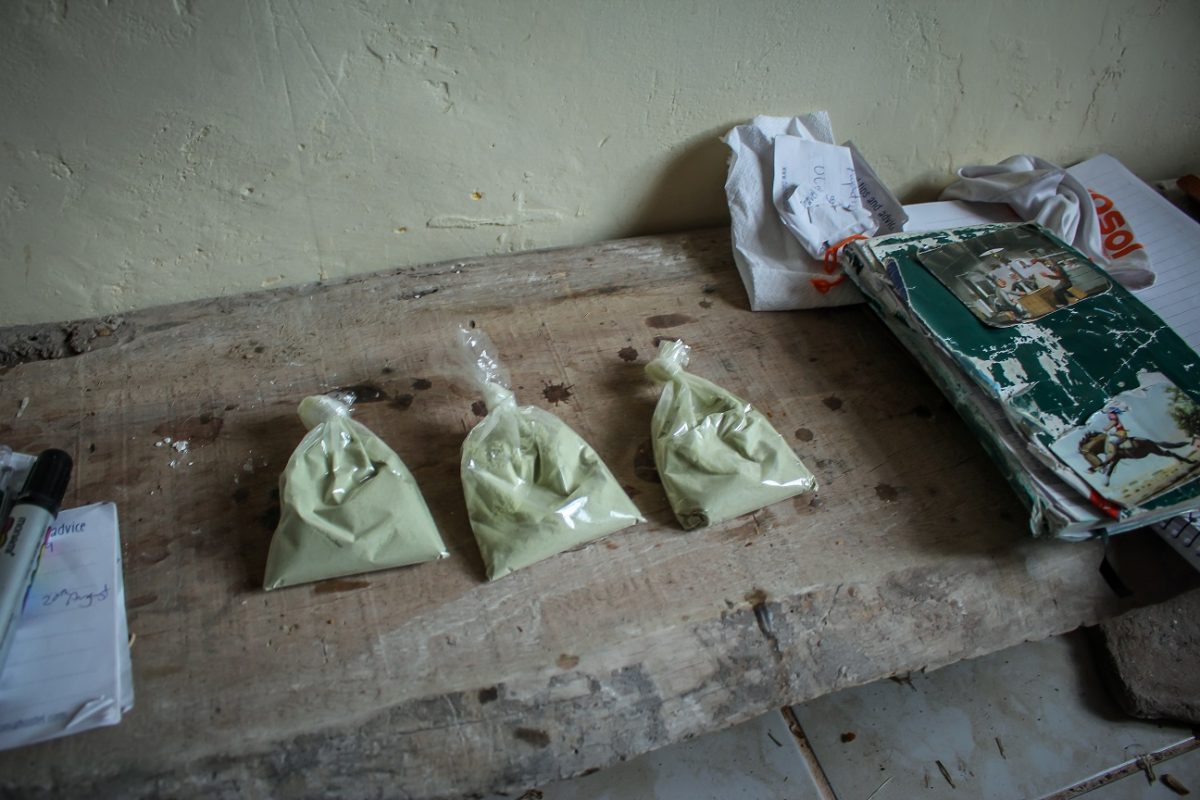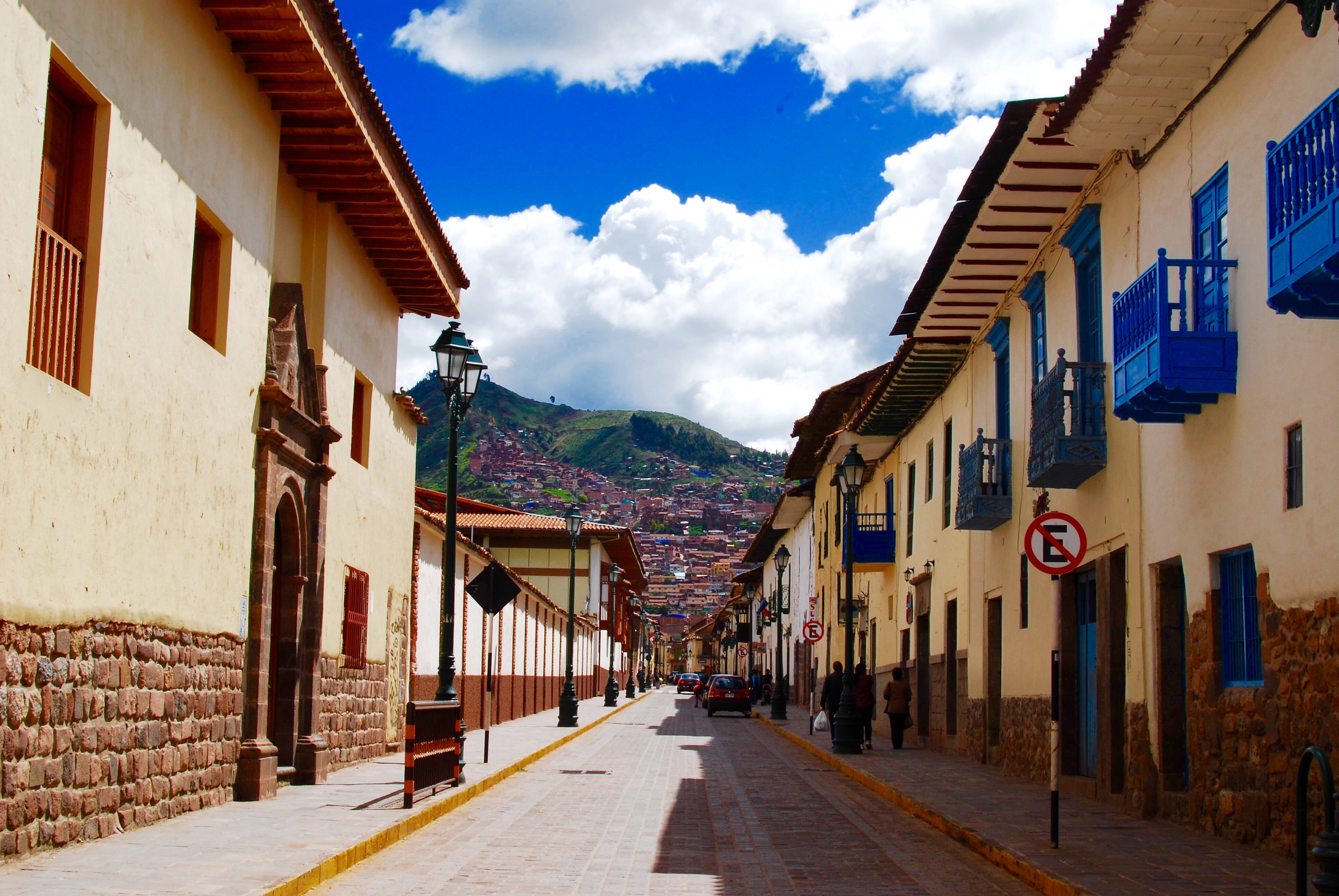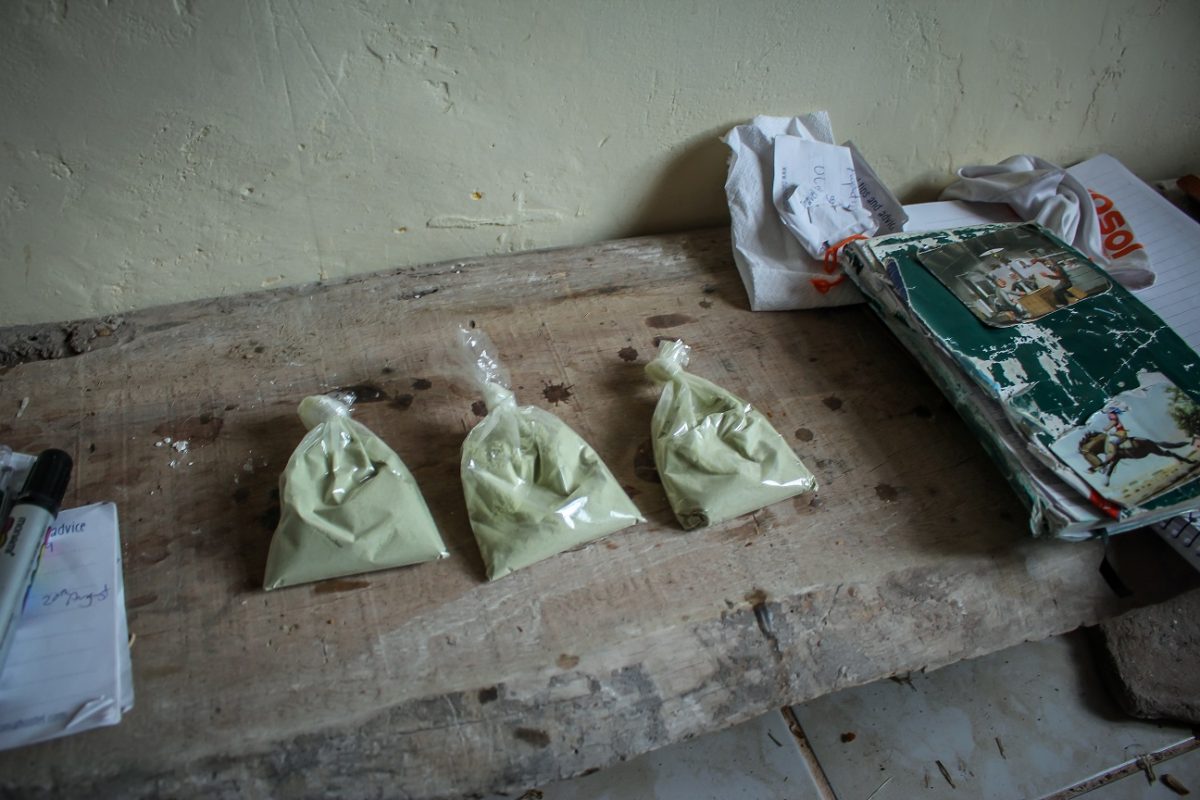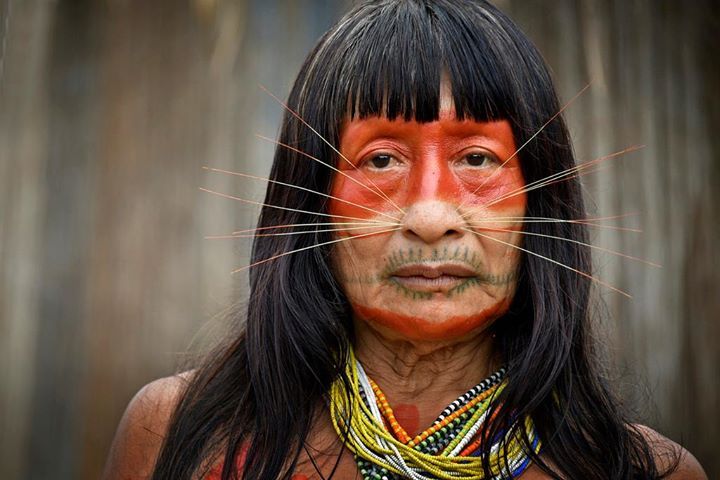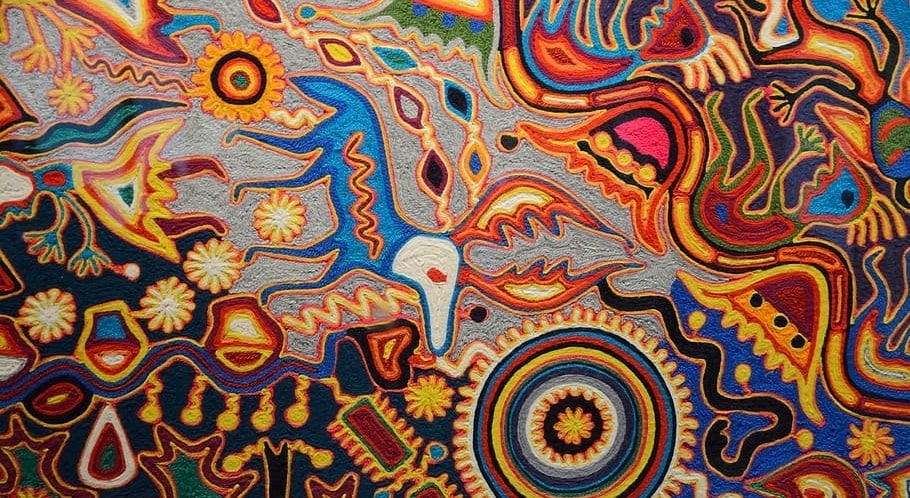mr peabody
Bluelight Crew
- Joined
- Aug 31, 2016
- Messages
- 5,714

Ultimate Guide to San Pedro*
Reality Sandwich | Oct 6 2019
Echinopsis pachanoi, commonly known as San Pedro, is a cactus that contains a wide variety of psychedelic alkaloids. While the primary active ingredient is Mescaline, this cactus has some minor differences due to the other psychedelic alkaloids it contains. The San Pedro cactus naturally grows throughout the Andes mountains in Argentina, Bolivia, Chile, Ecuador, and Peru.
Also part of the Echinopsis genus is the Bolivian Torch and Peruvian Torch. These cacti are commonly confused with San Pedro due to their similar effects and appearance. They are so similar that they are all referred to as San Pedro in Spanish because of their psychoactive effects. There are however slightly different alkaloid compositions between these three species so the psychedelic experience will be different depending on which specific species you take.
Overview
San Pedro produces a psychedelic effect when consumed in activating multiple psychoactive compounds within the cactus. The primary active compound is mescaline, so the effects are very similar to pure mescaline but not the same. Due to the wide variety of psychoactive alkaloids contained in the cactus, many users report an effect akin to a stimulant as well as a psychedelic experience. The entire San Pedro experience typically lasts around ten hours.
The San Pedro cactus has been used in healing and religious ceremonies for over 3,000 years by shamans in the Andes mountains. It only grows at specific altitudes, between 6,500 and 10,000 feet, making it difficult to obtain in ancient times. The Andes shamans would grind up the cactus in a ritual bowl until it was a slushy liquid. It would then be passed around to the members of their group that were a part of this ceremony. These ceremonies would last the entirety of the night and sometimes they would hold them multiple days in a row.
The most common native name for the San Pedro cactus is materia prima which translates to “the primordial soup of the cosmos.” This name alone shows the importance that the San Pedro cactus carried in the eyes of the Andean shamans. Another name for this cactus is huachuma which translates to “removing the head.” This name comes from the belief that the San Pedro cactus can shed away your predispositions and bring you closer to heaven. Similar to the Spanish translation of San Pedro, Saint Peter was a Catholic Saint believed to hold the keys to heaven. Other names for this cactus include achuma, wachuma, aguacolla, hahuacollay, and giganton.
The scientific name for the San Pedro cactus is Echinopsis pachanoi. On average an Echinopsis pachanoi cactus’ chemical composition is roughly 90% water, 0.71% mescaline, and trace amounts of 3,4-DMPEA, 3-methoxytyramine, and tyramine. The other Echinopsis species contain similar amounts of water, but different amounts of psychoactive alkaloids. Echinopsis peruvianus contains 0.3% mescaline, and trace amounts of 3,4-DMPEA, primary and secondary amines, free phenolics, triterpenes/steroids, catechins, 3-methoxytyramine, and tyramine. The Echinopsis lageniformis contains 0.76% mescaline, and trace amounts of 3,4-DMPEA, 3-methoxytyramine, and tyramine. Despite the primary active ingredient in all three of these cacti being mescaline, they will all have slightly different effects due to the various other psychoactive alkaloids they contain.
Forms, methods of consumption
As with most psychedelic cacti there are a lot of different ways San Pedro can be consumed. The most common way in modern times is to dry it then grind it up into a powder and either put it in capsules or dissolve it into a drink. Putting the dried powder into a capsule is the easiest method since you won’t have to deal with the bitter taste San Pedro is known for. Stirring it into a drink can also help mask the taste.
A more traditional way of preparing San Pedro is by either brewing it into a tea or grinding it up into a slushy liquid. To prepare a tea or a slushy liquid, first cut it into thin, horizontal slices. It will look similar to a cut up kiwi. Then blend the slices up into a slushy liquid. From here, the slushy pulp can be consumed or it can be boiled down then strained into a tea.
Determining dosage is complicated due to the unknown amount of active alkaloids in the cactus. There can be large variances in the amount of mescaline and the other psychoactive alkaloids within San Pedro. An active dose can be anywhere from 20 to 50 grams of dried cactus skin. To make things even more complicated, the various parts of the cactus also have different concentrations of psychoactive alkaloids. The layer just beneath the skin is considered to have the highest concentration of active compounds.
Pharmacology
The primary psychoactive compound in the San Pedro cactus is mescaline, but it also contains a wide range of other psychoactive compounds in varying amounts. Mescaline is a psychedelic compound that produces visual and auditory hallucinations as well as a distorted sense of time and an altered thought process. This is caused from the compound’s similarity to the neurotransmitters dopamine and noradrenaline allowing it to bind to the 5-HT2A and 5-HT2C serotonin receptors in the brain.
Echinopsis lageniformis and Echinopsis pachanoi differ from the rest of the Echinopsis genus in that they contain higher concentrations of other alkaloids aside from mescaline. These higher concentrations of other alkaloids makes extracting pure mescaline more difficult, and their effects very different from pure mescaline than other mescaline-containing cacti. There is also some speculation within the psychedelic community that Echinopsis lageniformis contains MAOIs which can prevent the breakdown of mescaline within your body. The purest source to extract mescaline from would be the Echinopsis peruviana due to its relatively low levels of other psychoactive alkaloids.
It is becoming increasingly difficult to track the alkaloid content in the different species of Echinopsis because breeders have been crossing the lageniformis, pachanoi, and peruviana species. This creates hybrid species that have large variations in their alkaloid content. One of the hybrids from this cross breeding is commonly referred to as pachanot. It is nearly identical to the pachanoi species except it has very low alkaloid content including mescaline. The pachanot is the species that most cactus flower shops in the United States sell as the San Pedro cactus. Due to the low alkaloid content, there will be very little to no psychedelic effect if consumed.
Common side effects
According to the Center for Substance Abuse Research, common side effects of San Pedro include:
- Increased blood pressure and heart rate
- Loss of appetite
- Increased body temperature
- Impaired motor coordination
- Dilated pupils
- Heightened senses
- The perception of seeing music and hearing colors referred to as Synesthesia
- Hallucinations
- Loss of your sense of reality
When consuming psychedelic plants, there is a likelihood that they will cause what the psychedelic community calls purging. This typically occurs during the onset of the effects as vomiting or diarrhea. While this won’t occur for every user, being aware of this possibility will reduce the nervousness it could cause during a trip. A psychedelic experience could also make speaking and having sexual intercourse more difficult. One should never drive or use heavy machinery while under the effects of a psychedelic substance as it will distort your perception of space and time.
Trends
The most popular hybrids within this unique community of cactus growers is Juul’s Giant, Chemical Shaman’s Dick, and SS02. Juul’s Giant is a subspecies of the Echinopsis pachanoi. It has an especially large girth that’s nearly double the size of a standard Echinopsis pachanoi. This subspecies was created in Tom Juul’s backyard garden in San Francisco and all legitimate clones of this subspecies originated there.
Chemical Shaman’s Dick, or CSD, is a subspecies of the Echinopsis lageniformis known for its stunted but “girthy” size. It also has unique spines that are very different from other Echinopsis lageniformis. This gives it a very unique appearance that has grown very popular within the cactus enthusiast community. It has become so popular that there are even shirts available with a picture of the top-down view of the cactus.
The SS02 cactus is also a subspecies of the Echinopsis lageniformis created by Ben Kamm at his nursery Sacred Succulents. It is known for its large size growing up to 16 feet tall and with relatively short spines. The short spines cause it to grow very unique offspring. This is a very hardy subspecies so it is a great option for beginners wanting to get into growing cacti.
Around the world
Retreats in South America are a growing trend where tourists attend San Pedro ceremonies. This has become a growing industry in South America. Curious individuals can have a traditional San Pedro experience within Native communities. There is concern that if these retreats grow in scale there will be issues with over-consumption of the plant. This over-consumption happened with the Peyote cactus, resulting in it being classified as an at-risk species. It is still unclear if this will become an issue as the San Pedro grows back at a much faster rate than the Peyote.
The San Pedro cactus lasts an extremely long time if properly dried prior to storage. A fresh cactus can grow mold at a similar rate as common fruits and vegetables. The Alkaloids within the San Pedro do not degrade into toxic compounds.
How to store San Pedro
The San Pedro cactus lasts an extremely long time if properly dried prior to storage. A fresh cactus can grow mold at a similar rate as common fruits and vegetables. The Alkaloids within the San Pedro do not degrade into toxic compounds. Proper storage of San Pedro includes drying the cactus then storing in a cold, dark, and dry location. When stored properly the cactus can last for thousands of years and still contain Mescaline.
What does San Pedro taste like?
San Pedro has an extremely bitter taste due to the alkaloids it contains. Folklore originating from the Native communities in the Andes Mountains says a pure heart will not taste the bitterness. If you are aware of the bitterness and expect it, it will be less likely you will gag and potentially vomit from the taste.
What does San Pedro look like?
San Pedro has a light to dark green color with a diameter between 2.5 to 6 inches. They typically grow to heights of 10 to 20 feet with multiple branches. The tallest recorded San Pedro cactus grew to 40 feet tall. There are typically between six and eight ribs on a mature cactus. It produces yellow to brown spikes that can be up to an inch long. When it is flowering it grows white flowers at the end of its stems that open up at night. The color and shape of the flower is important in identifying which species the cactus is. After fertilization a San Pedro cactus may produce dark green fruit.
*From the article here:
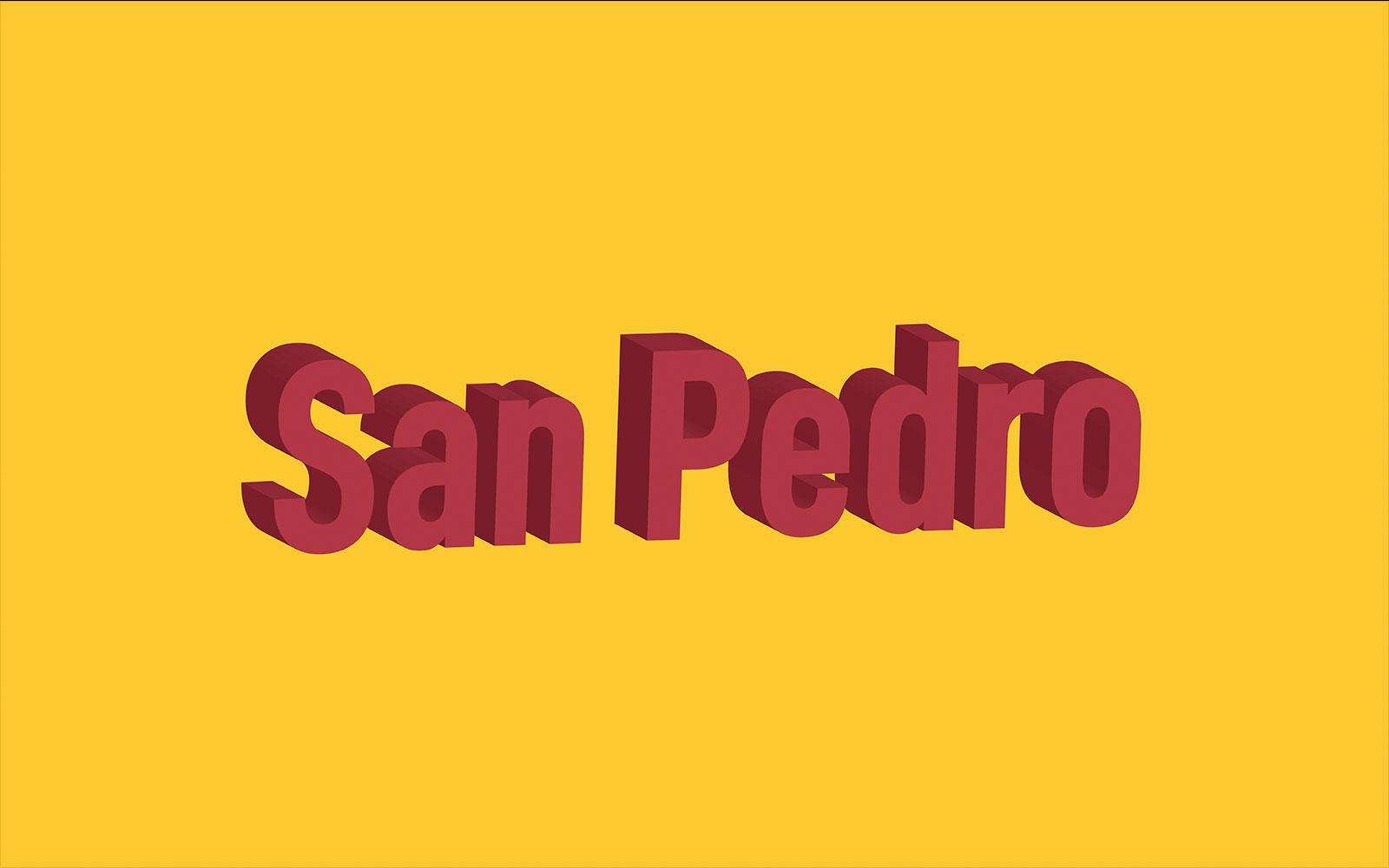
San Pedro Cactus Guide: Effects, Common Uses, Safety
Our ultimate guide to San Pedro has everything you want to know about this variety of cactus that contains the natural hallucinogenic Mescaline.
Last edited:

